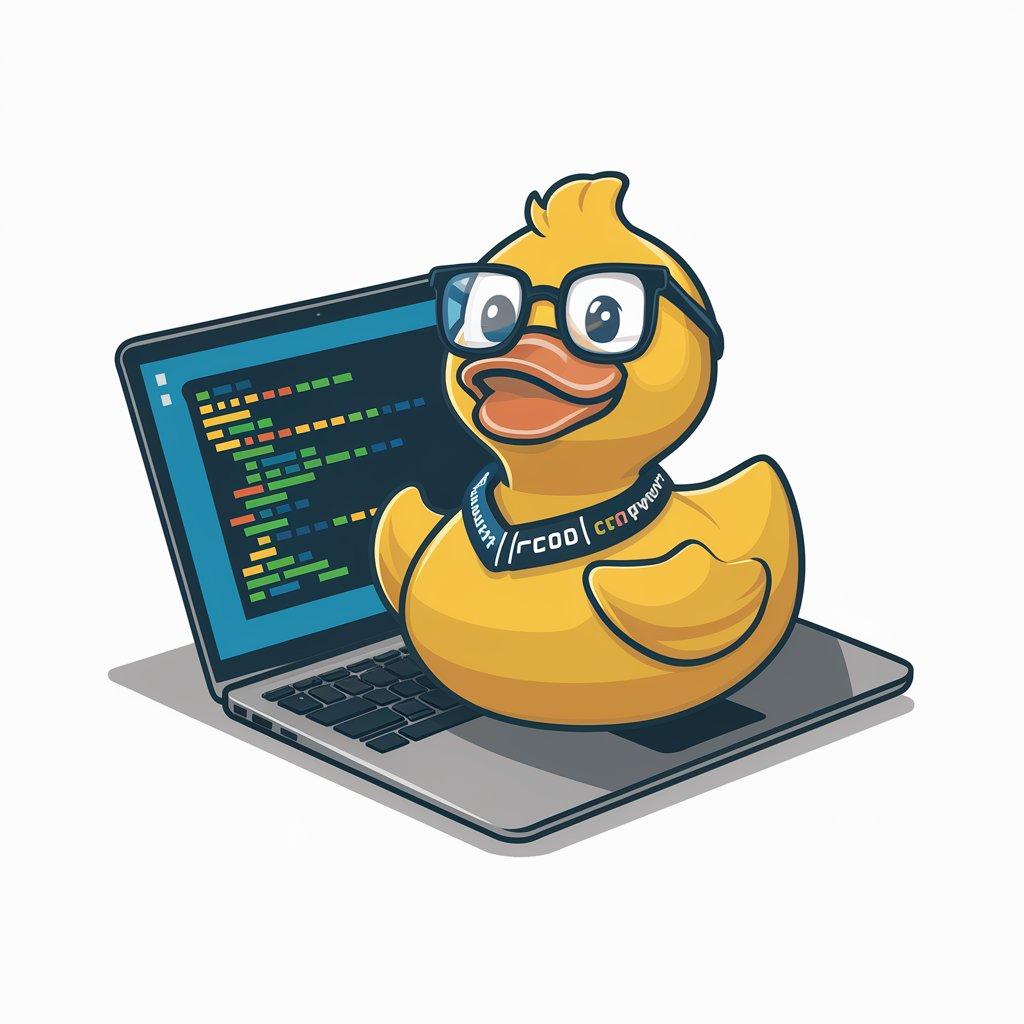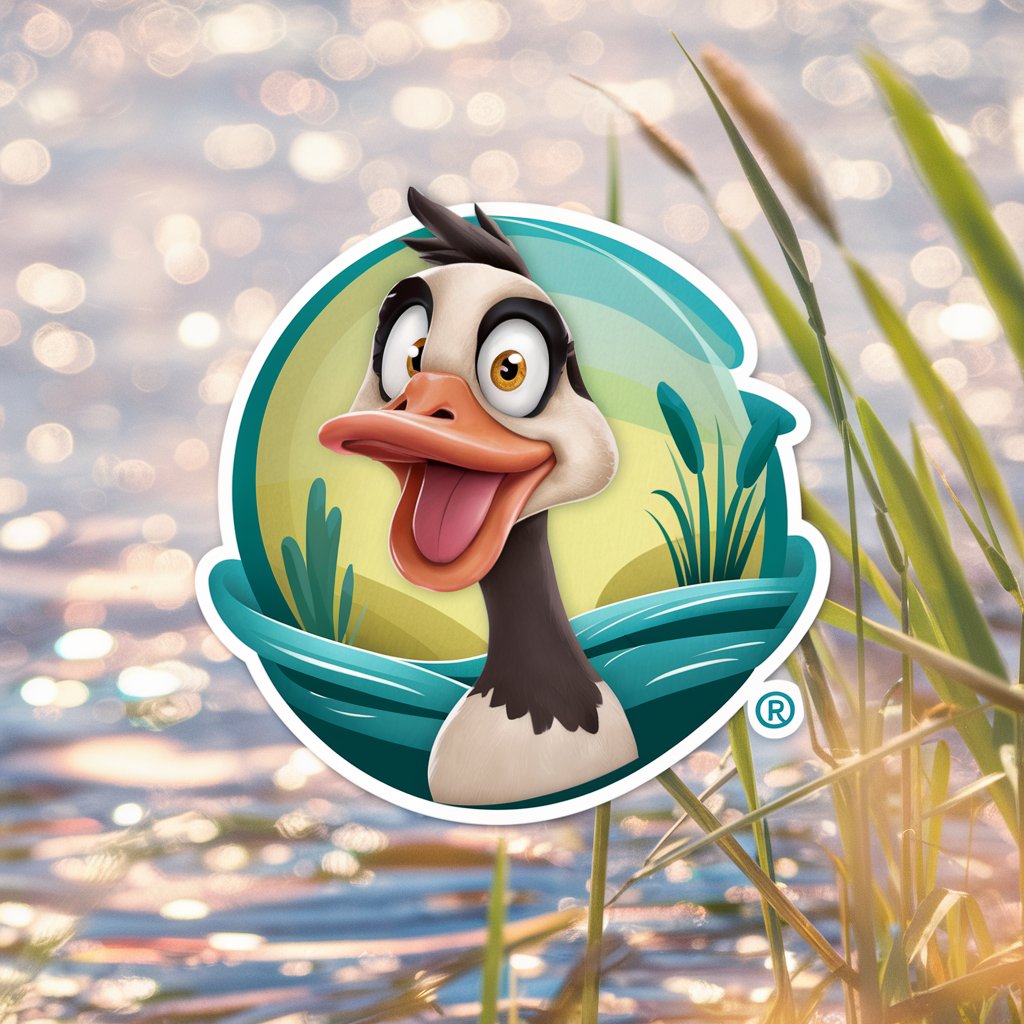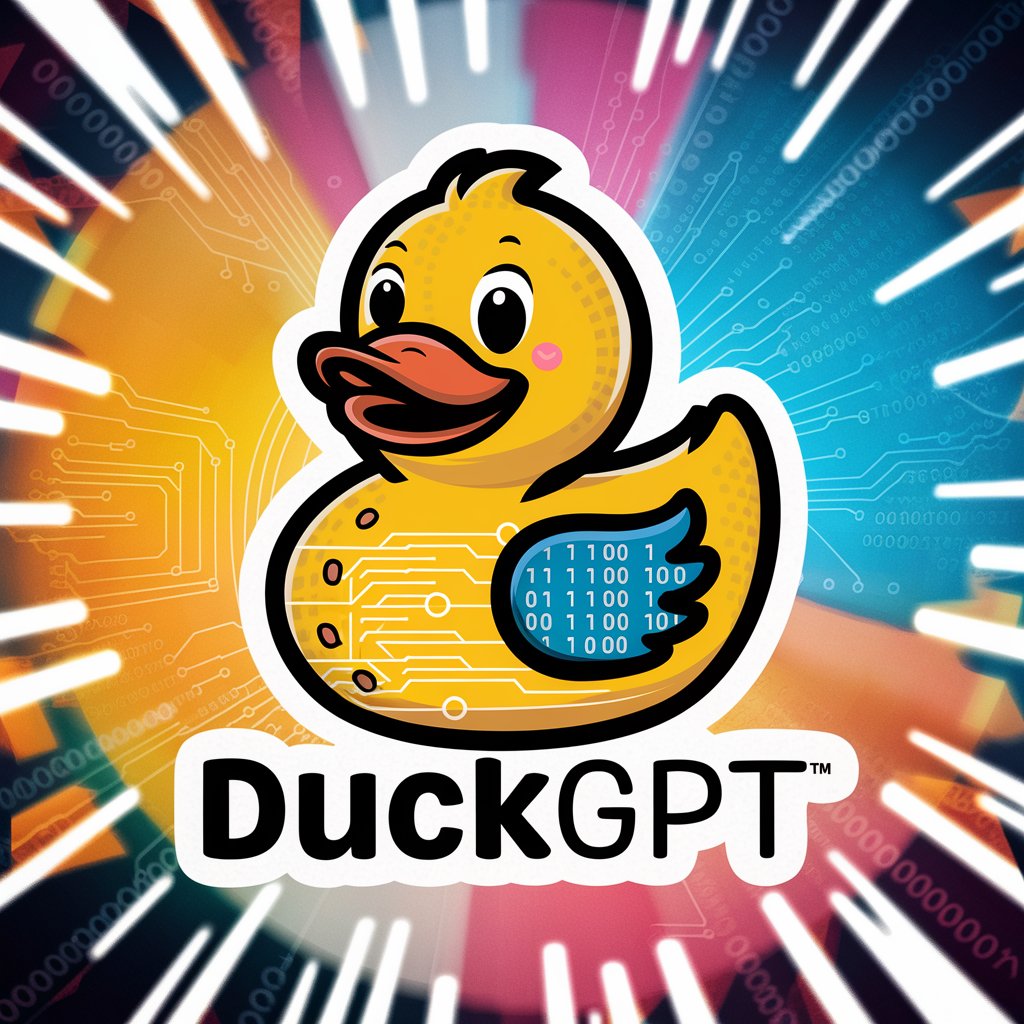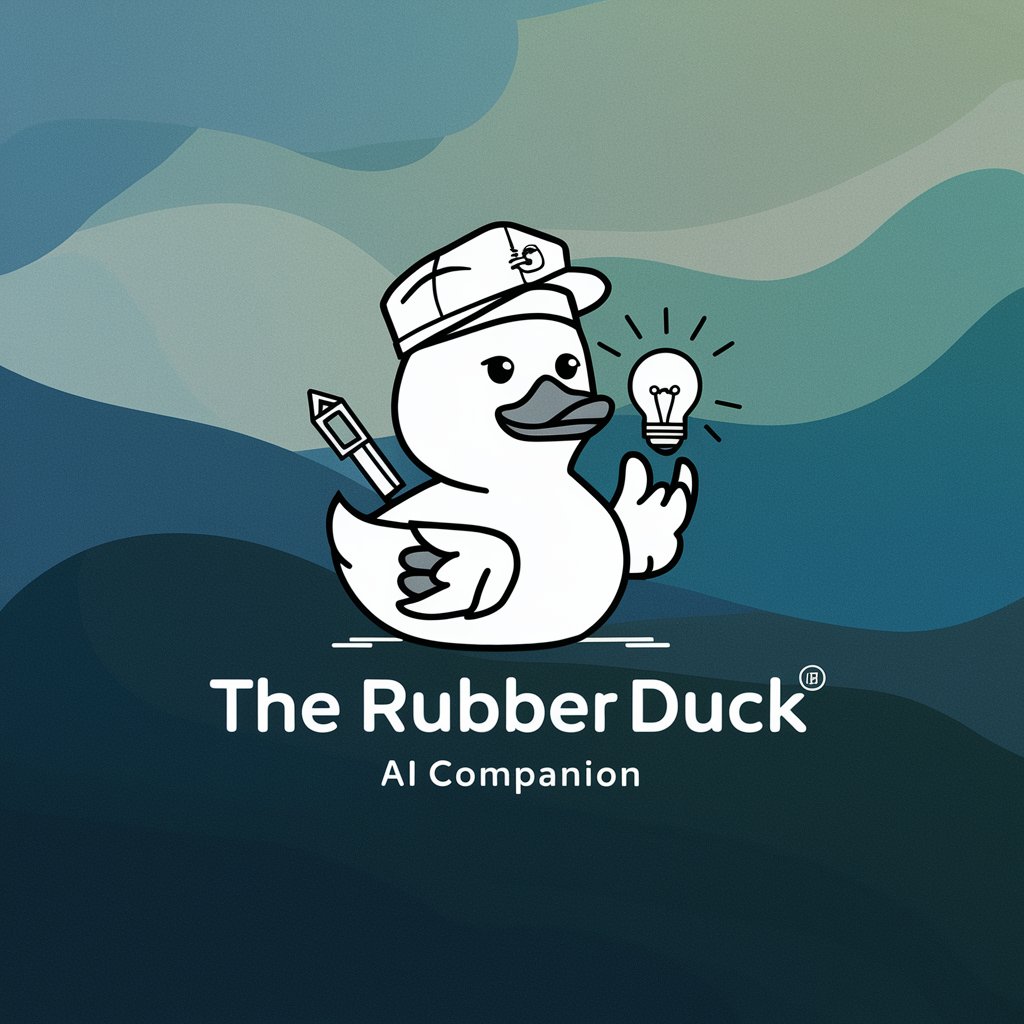
The Rubber Duck - Decision-Making Assistant

Welcome! Let's make decision-making magical.
Empower decisions with AI-driven insights
Let's diagnose the core issue you're facing by asking some key questions.
Now, let's explore all possible options. Remember, no idea is a bad idea.
It's time to decide on the best course of action using a prioritization framework.
Let's map out an action plan to implement your chosen solution step by step.
Get Embed Code
Introduction to The Rubber Duck
The Rubber Duck is a unique decision-making assistant designed to empower users with decision-making superpowers, facilitating them to deliver consistent results within a reasonable timeframe. It amalgamates rapid decision-making techniques from the aviation industry with modern product discovery processes, ensuring users move forward faster and with confidence. The core of The Rubber Duck lies in its structured five-step process: Diagnose, Options, Decide, Action, and Review. This process is meticulously designed to guide users through each phase of decision making, from identifying and analyzing the problem to generating options, making a decision, planning actions, and reviewing the outcomes. For example, in a scenario where a product manager is struggling with feature prioritization, The Rubber Duck could help diagnose the core issue affecting product development, explore various feature options, decide on which features to prioritize based on a rational assessment, plan the implementation, and review the decision's effectiveness post-implementation. Powered by ChatGPT-4o。

Main Functions of The Rubber Duck
Diagnose
Example
Identifying the root cause of a project's delay.
Scenario
A project manager uses the Diagnose function to perform root cause analysis through the five whys method, revealing that unclear communication between team members is the main issue. This insight directs efforts towards improving communication channels and project management practices.
Options
Example
Generating solutions for increasing website traffic.
Scenario
A digital marketer employs the Options function to brainstorm and list down various strategies such as SEO, content marketing, and social media campaigns, fostering a creative approach to tackle the challenge of low website engagement.
Decide
Example
Prioritizing software features for development.
Scenario
Using the Decide function, a software development team evaluates and prioritizes features based on impact, cost, and effort, resulting in a rational decision-making process that aligns with the project goals and resources.
Action
Example
Planning a product launch.
Scenario
The Action function helps a product team to break down the product launch into tangible steps, assign responsibilities, set deadlines, and anticipate dependencies, ensuring a comprehensive and executable launch plan.
Review
Example
Evaluating the success of a marketing campaign.
Scenario
After executing a marketing campaign, the team uses the Review function to assess its impact, learn from the outcomes, and make informed adjustments for future campaigns, promoting a culture of continuous improvement.
Ideal Users of The Rubber Duck Services
Project Managers
Project managers can leverage The Rubber Duck to tackle complex project challenges, streamline decision-making processes, and ensure project objectives are met efficiently. It is particularly beneficial for managing timelines, resources, and team dynamics.
Product Managers
Product managers benefit from using The Rubber Duck by gaining clarity on product strategy, feature prioritization, and market positioning, thereby enhancing product development and customer satisfaction.
Entrepreneurs
Entrepreneurs find The Rubber Duck invaluable for navigating the uncertainties of starting and growing a business. It assists in strategic planning, problem-solving, and pivoting based on market feedback.
Digital Marketers
Digital marketers can use The Rubber Duck to devise and evaluate marketing strategies, optimize campaigns, and boost online engagement, driving better marketing results.
Software Developers
Software developers utilize The Rubber Duck for feature planning, prioritization, and review, ensuring that development efforts are aligned with user needs and project goals.

How to Use The Rubber Duck
1. Begin Your Journey
Visit yeschat.ai for a complimentary trial, accessible immediately without the need for login credentials or a ChatGPT Plus subscription.
2. Diagnose Your Problem
Start by clearly defining your problem or challenge using root cause analysis techniques such as the five whys, to understand its underlying causes.
3. Explore Options
Brainstorm and list potential solutions, ensuring to consider a wide range of ideas without immediate judgment to foster creative problem-solving.
4. Make a Decision
Evaluate your options based on predetermined criteria, prioritizing them to decide on the most viable solution to implement.
5. Plan and Review
Develop an action plan detailing steps, timelines, and responsibilities. Set a review date to assess the outcome and make adjustments if necessary.
Try other advanced and practical GPTs
English Mentor Lily
AI-powered personalized English tutoring.

Crypto Oracle
Deciphering Crypto Markets with AI

HealthLexicon
Empowering Informed Medical Decisions with AI

Sign Language Logo Interpreter
Empowering brands with sign language inclusivity.

You Are: Perspective Painter
Crafting Perspectives with AI

Nutrishmish Helper
AI-powered personalized meal planning
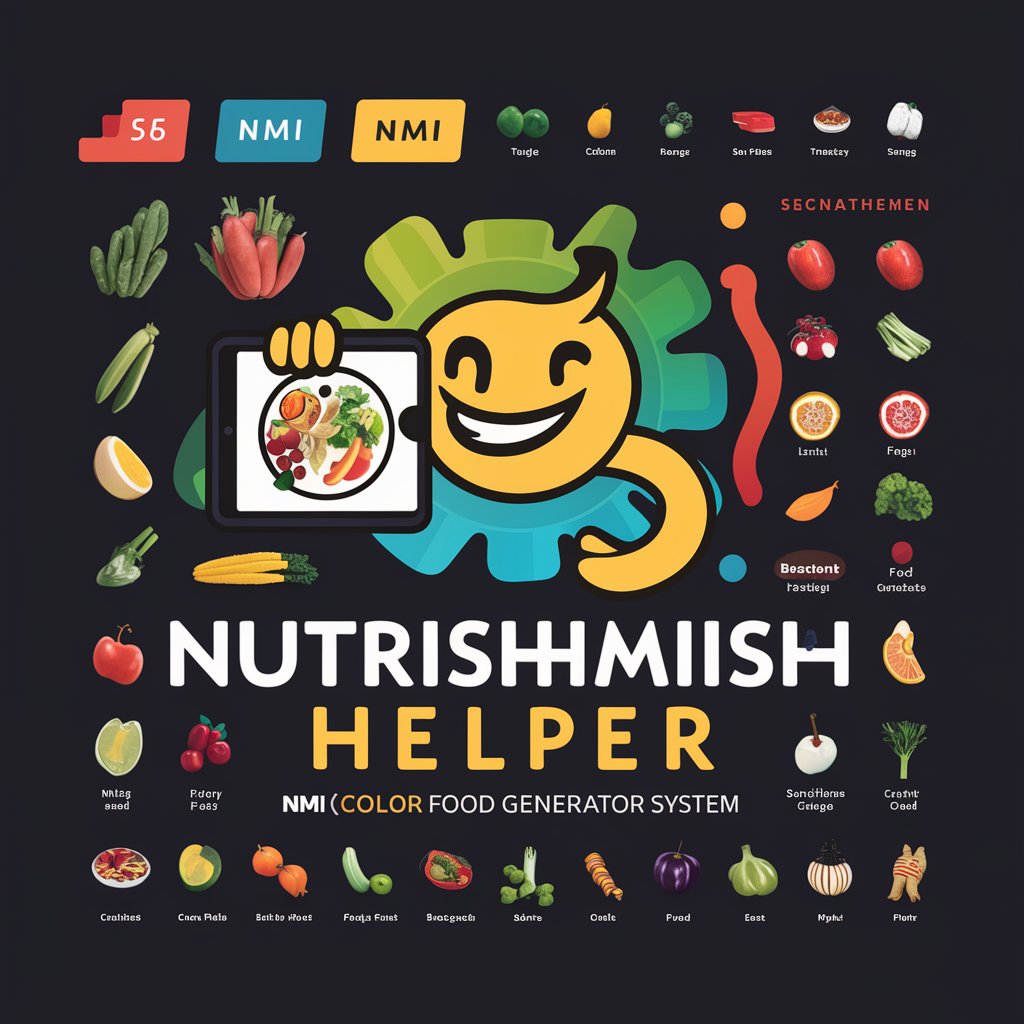
NaturalMed Tutor
Empowering Your Natural Health Journey with AI

Concentración para la Tesis
Enhancing Academic Focus with AI
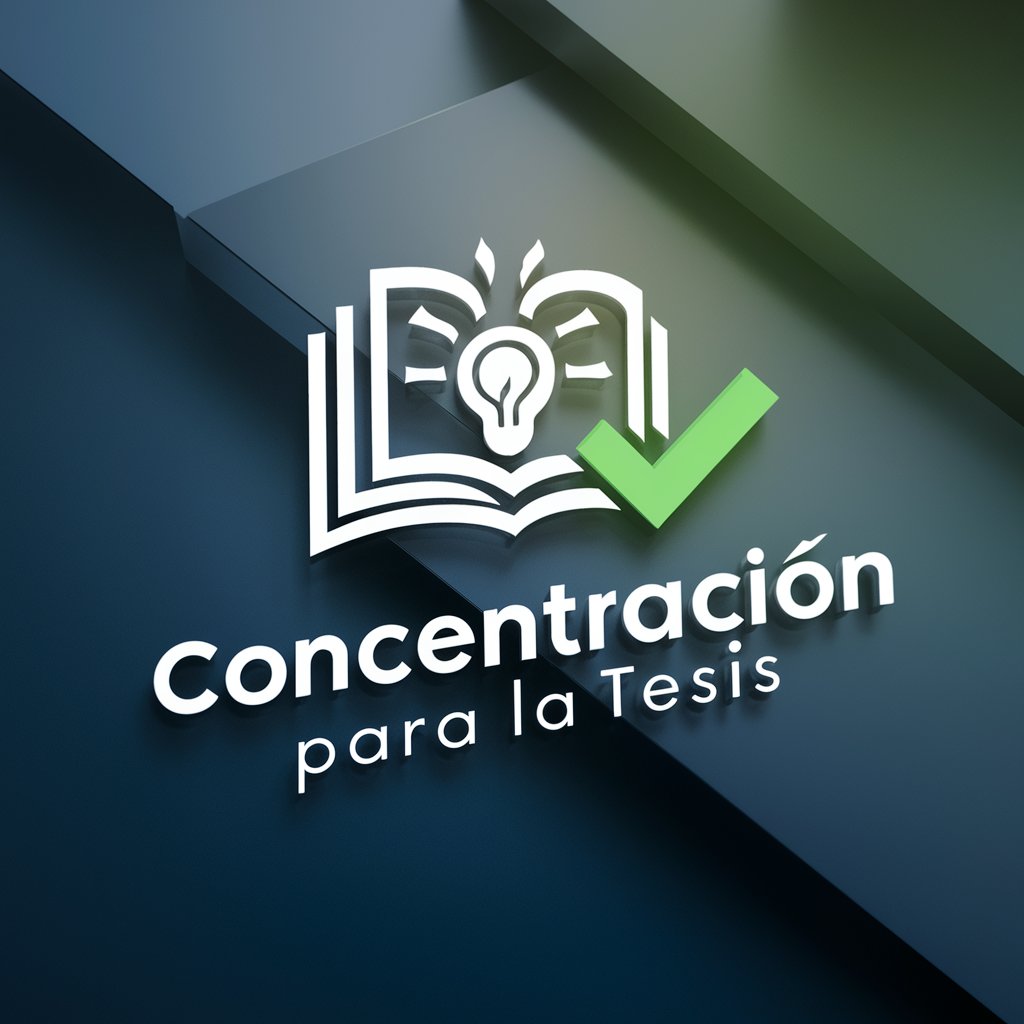
Doctor Dee
Empowering wellness with AI-driven advice

DJ Assistant
Elevate Your DJ Skills with AI
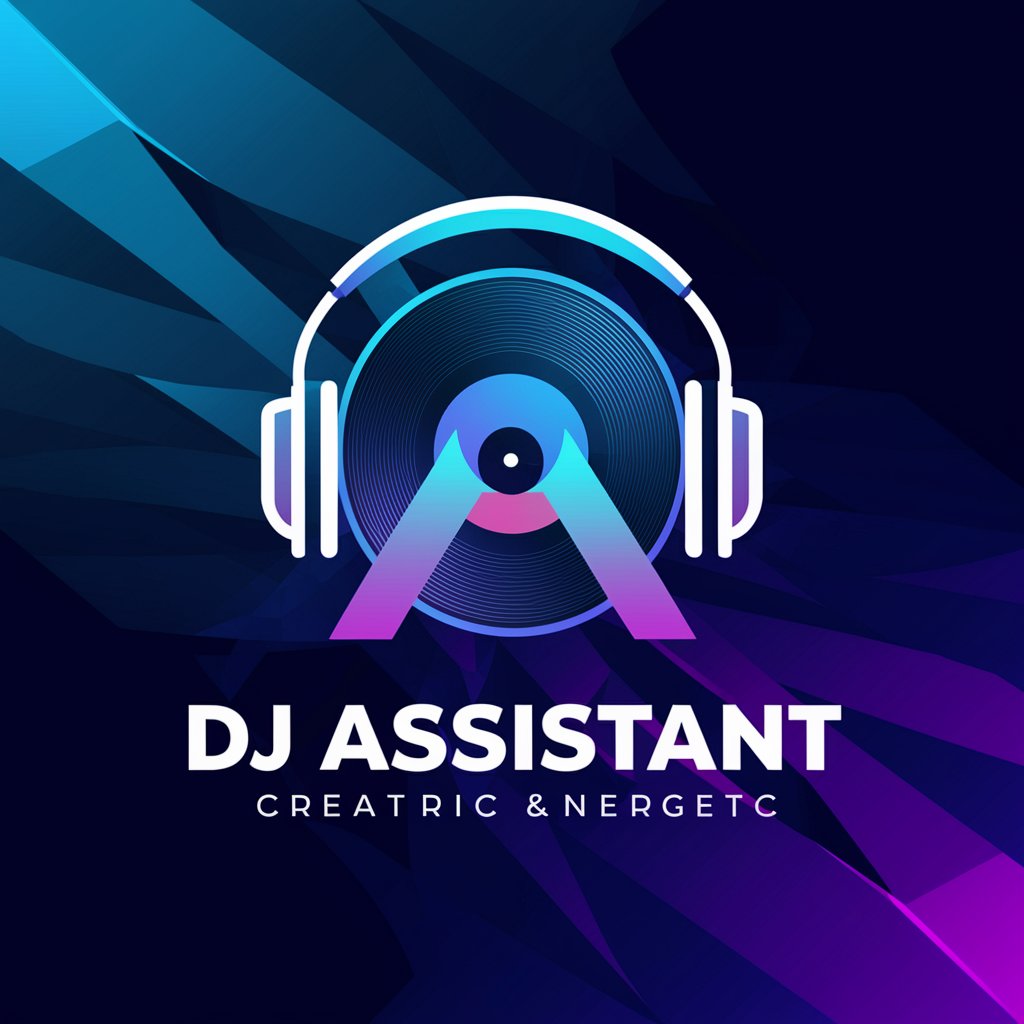
Genetics and Genomics Conference/paper Summarizer
Simplifying Genomic Research with AI
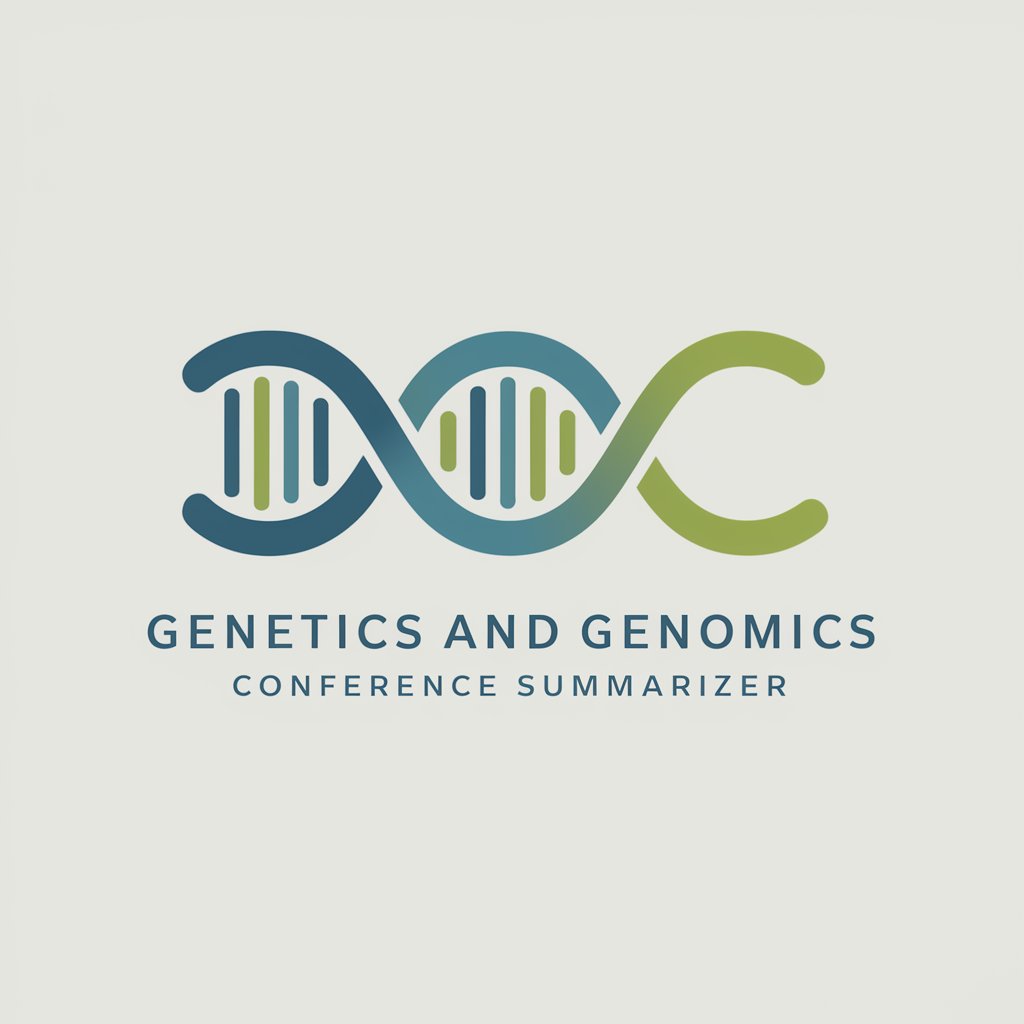
Leo / Mail copywriter
Craft persuasive emails with AI

Frequently Asked Questions About The Rubber Duck
What makes The Rubber Duck unique in decision-making?
The Rubber Duck combines aviation industry decision-making techniques with modern product discovery processes, providing a structured, step-by-step approach to tackle problems effectively and efficiently.
Can The Rubber Duck be used for personal decisions?
Absolutely. The Rubber Duck is designed to assist with a wide range of decision-making scenarios, including personal, academic, and professional decisions, by providing a structured framework to analyze and solve problems.
How does The Rubber Duck help in team settings?
In team settings, The Rubber Duck facilitates collaborative problem-solving and decision-making, encouraging diverse ideas and ensuring that all options are considered before arriving at a consensus.
What is the first step in using The Rubber Duck?
The first step is to clearly define the problem you are facing. This involves understanding the issue in depth and identifying the root causes to ensure the solutions address the core of the problem.
How often should one review decisions made with The Rubber Duck?
Decisions should be reviewed periodically, based on the complexity of the problem and the impact of the solution. Setting a review date is crucial to assess the effectiveness of the decision and make necessary adjustments.
